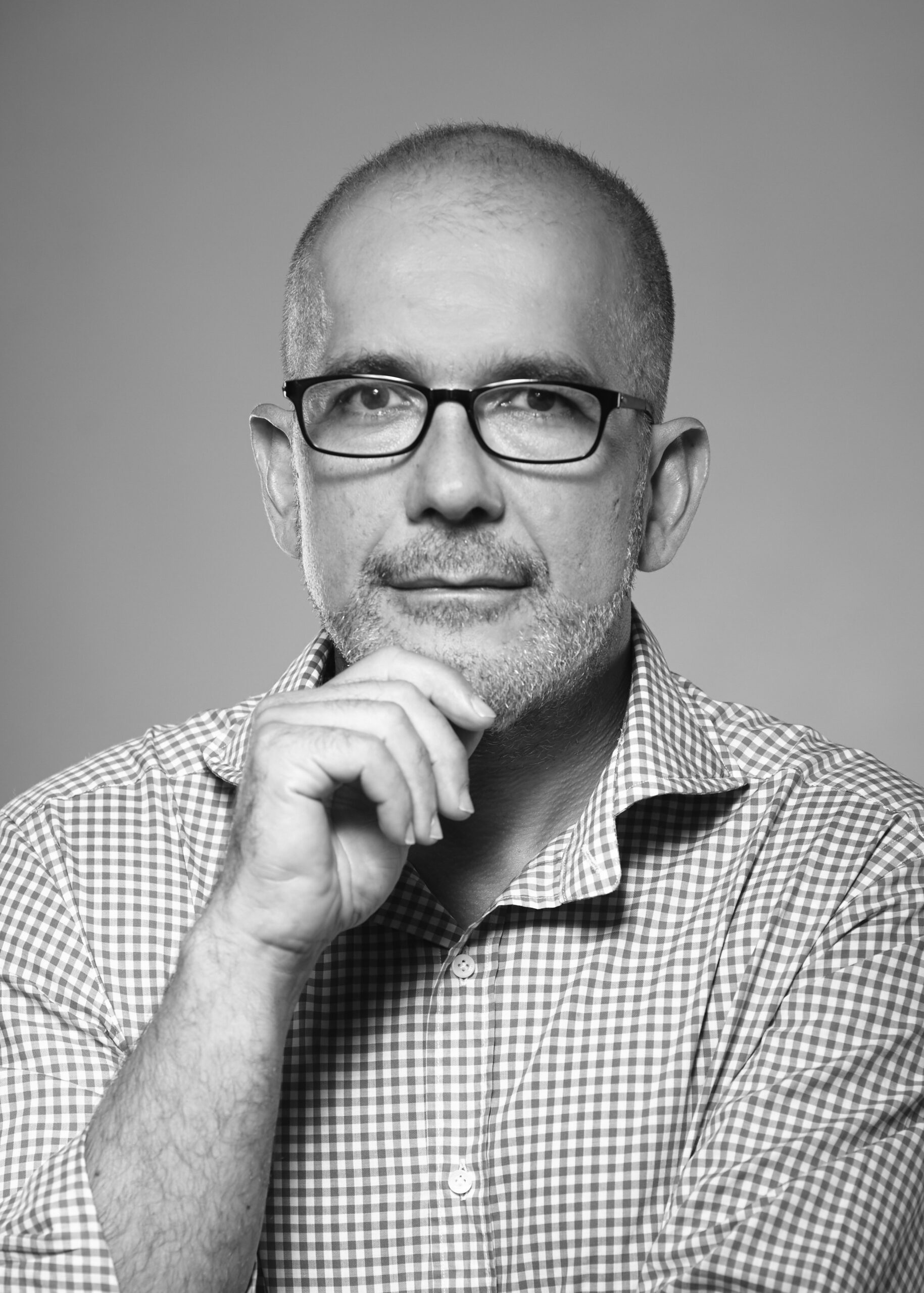“When I was recently prompted to take a closer look at the architectural practice of OODA, this tale of fading revolutionary promises had been cooking in the back of my mind for a while. Meeting them, visiting their offices, and capturing the vibrancy of their motivation, positively brought that perception of a certain progression of architectural affairs to a quick boil. Many years later, in the midst of an encompassing state of dormancy, here was an unexpected reincarnation of Generation Y, which came close to the original beliefs in a potential metamorphosis in Portuguese architecture.
Here was an architectural collective that ticked all the characteristics that had once held the promise of a shift in practice, but with a curious twist.
While bred out of the Porto School pedagogical musts, OODA’s five founders displayed an array of cosmopolitan professional apprenticeships, ranging from the offices of Porto and Lisbon’s Generation X, to international references such as OMA and Zaha Hadid Architects. While they trusted the formal heritage and the drawing tradition of their close peers, they also imported foreign design methodologies, such as thorough research booklets or pristine 3D renderings.
True to transformations in their own country, they aimed at a European identity, rather than only at national affinities. As typical of their generation, they even carried a pop, catchy, and meaningless acronym as their practice’s designation. However, to these traits, once described as the sure signs of belonging to Metaflux‘s Generation Y, OODA also added a novel twist: they revealed a less common, but surely fierce drive to make it beyond the self-imposed, regional architectural identity of the Portoguese School. Refusing to perform exclusively in and for their own backyard, they unashamedly bared the bold aspiration to become a truly global practice — both inside and outside their country. And, while dodging the more obvious path of media recognition in the discipline’s usual legitimation circles, they spent the first ten years of their practice flexing their muscles to achieve such ambition. Unlike the average Portuguese practice, they devised a market strategy and went for it with daring determination.”


